From Waste to Wardrobe: Circular Economy in the Fashion Industry
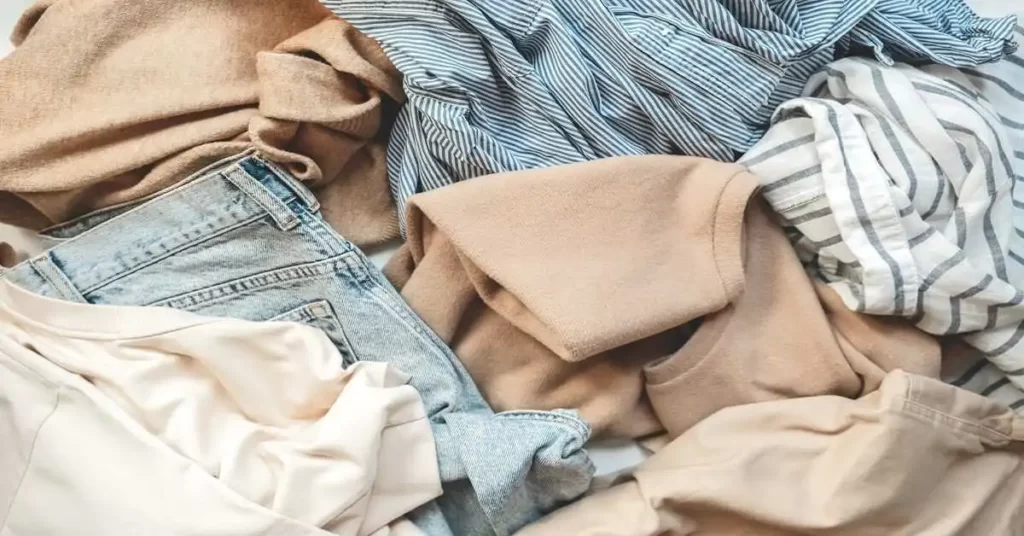
Textiles and clothing are a fundamental part of everyday life and an important sector in the global economy. Each year millions of tonnes of clothes are produced, worn, and thrown away. Every second, the equivalent of a rubbish truck load of clothes is burnt or buried in landfill. The fashion industry is one of the […]
Sustainable Fashion: Reducing Environmental Impact, Empowering People
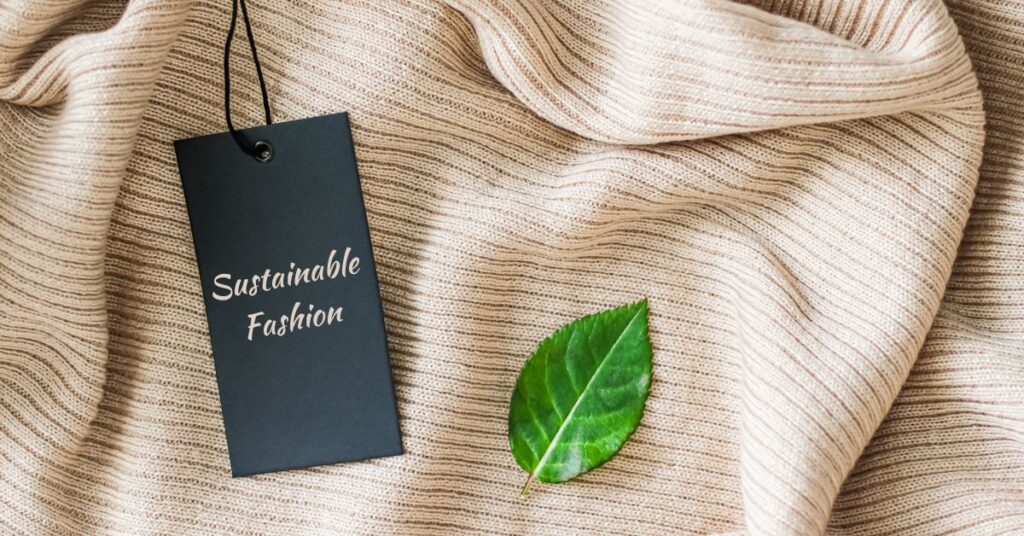
Fashion, a major industry with a keen eye for the latest styles and trends, is undergoing a shift. As the fashion industry faces mounting criticism for its significant environmental impact, an increasing number of consumers are becoming conscious of the impact their fashion choices have on the planet. From water pollution and waste to carbon […]
Sustainable Fashion: Best Fashion Ideas
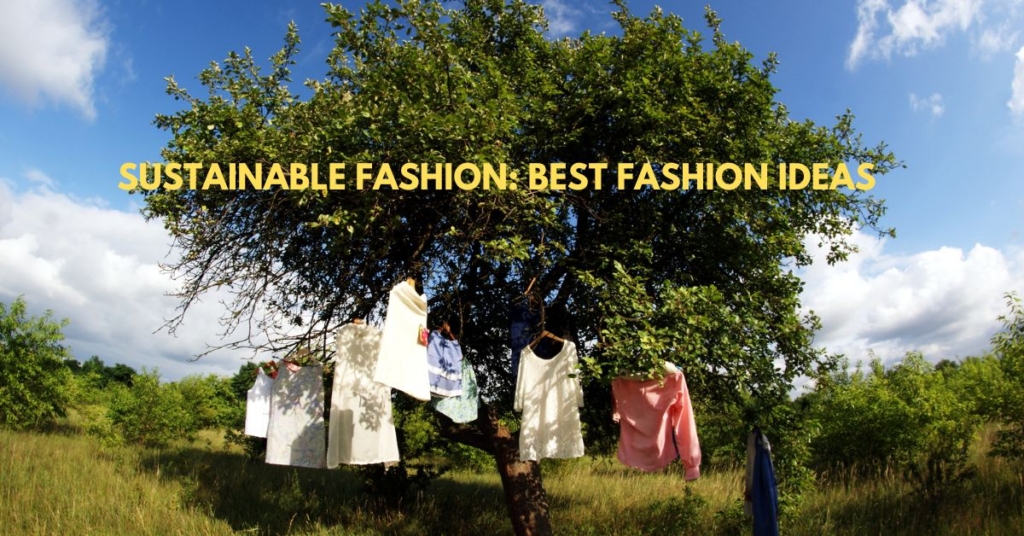
The fashion industry has faced many challenges in the last two years. The events during the pandemic season have taught the fashion and clothing sector about sustainability, but the hard way. Much unsold stock during and after the pandemic has created a harsh situation for artisans and entrepreneurs alike. But the fashion industry has learned […]
The Most Important Fashion Trends For Spring Summer 2022
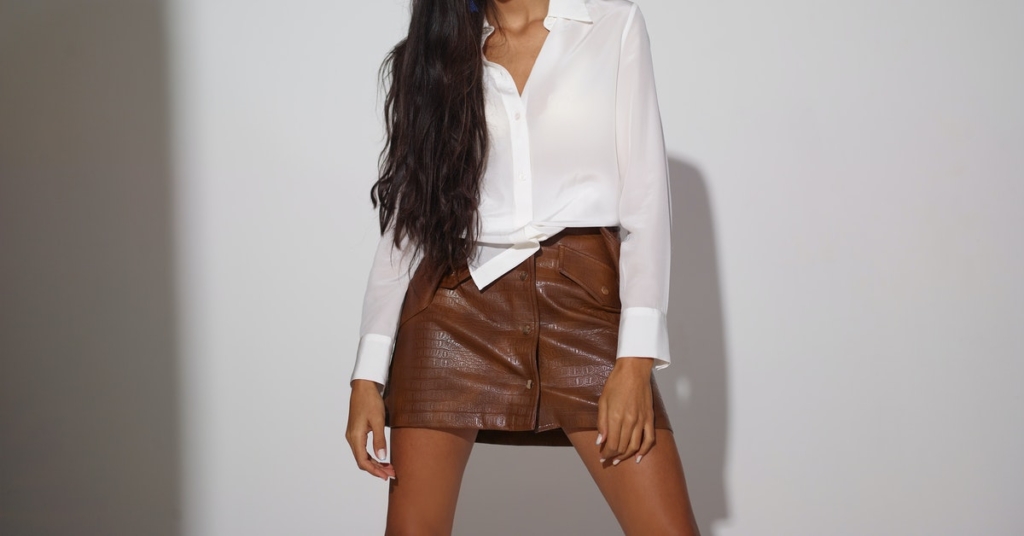
The days are getting longer and hotter. So, it is time to pay attention to revamping your wardrobe with fashion for spring summer trends 2022. You must be wearing some of the winter pants now. With all the other hoodies and sweaters back in your cupboard, it is time to rethink your strategy for makeup. It […]
Why Is Attar Fashion In Back? Impact on Fashion Industry.
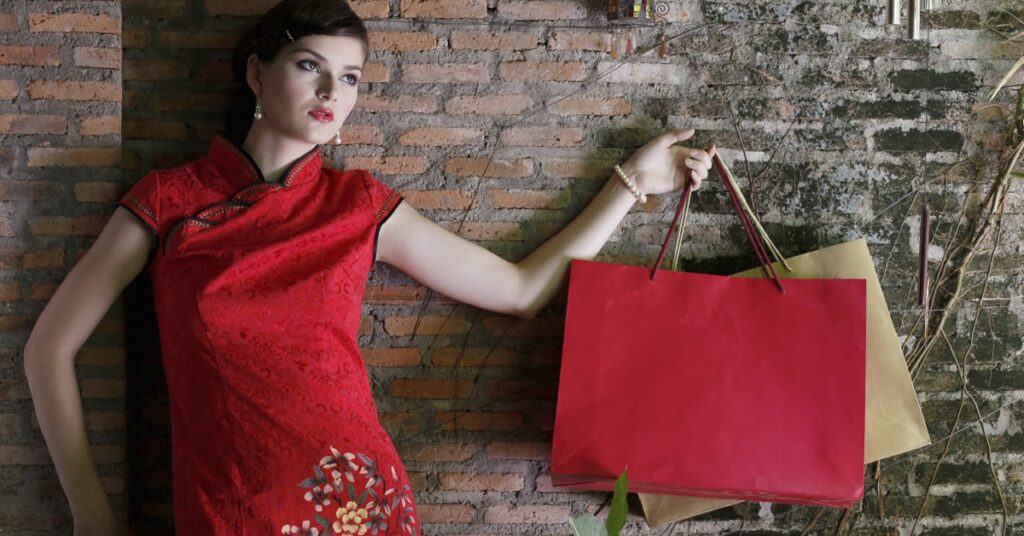
There is not a single person who does not love scents. Moreover, perfumes, scents, sprays, attars, or whatever fancy name you want to call them are a part of our life. It is pretty well proven that scents can evoke various emotions in the human psyche. They also have therapeutic benefits. There is a specific […]
The secret of making sustainable fashion choices
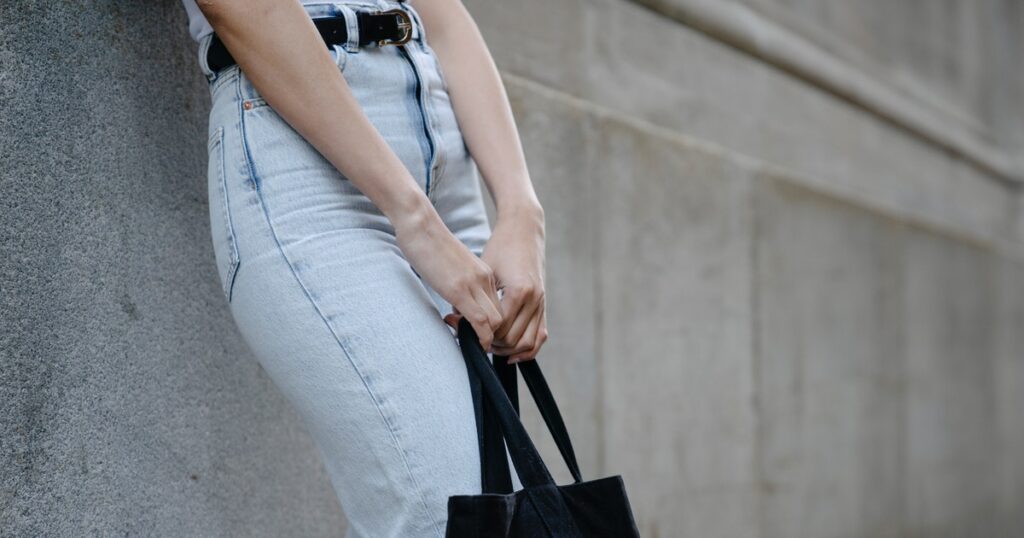
The Secret to Making Sustainable Fashion Choices The fashion industry has faced a lot of challenges lately. In the recent turn of events during the pandemic season, the fashion and textile sector has learned about sustainability the hard way. If you go by records, this trend started in 2018 itself. With time, the fashion industry […]
This Summer know the latest fashion trend of 2021
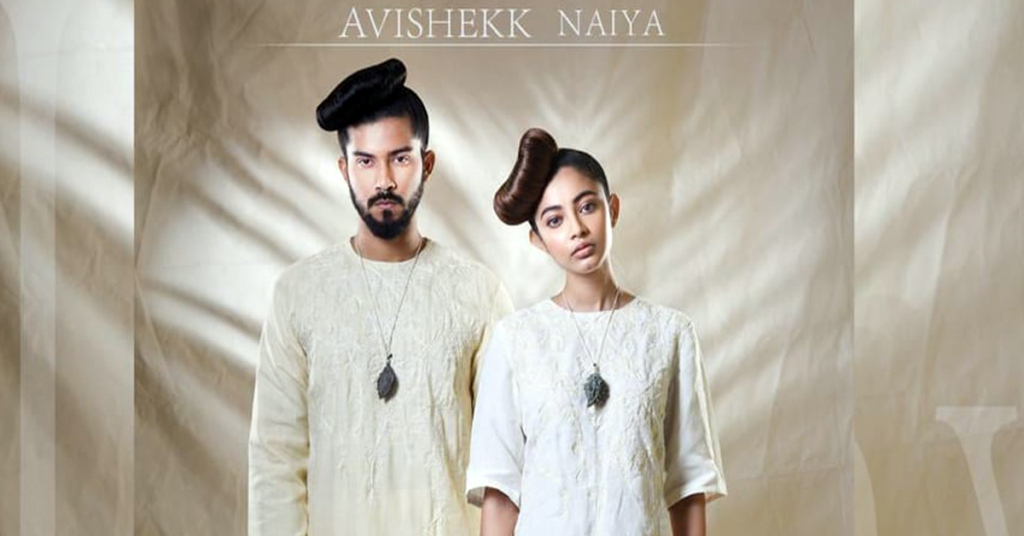
Confused about summer fashion? Want to know the latest fashion trend of 2021? Read on to know all you are confused about. Style and clothing speak volumes about you. The way you dress or the way you wear your clothing speaks on your behalf. Being a fashion lover, you will know people celebrate fashion trends […]
Is your fashion in sync with latest Monsoon fashion trend?

Fashion is part of daily life and it changes all the time, with all the events of the season. You can even see the approaching revolution in the clothes. You can see and feel everything in your clothes. ” — Diana Vreeland Monsoon is the best season to romance, be it with humans or your […]
Khadi and creativity paves way to unique collections
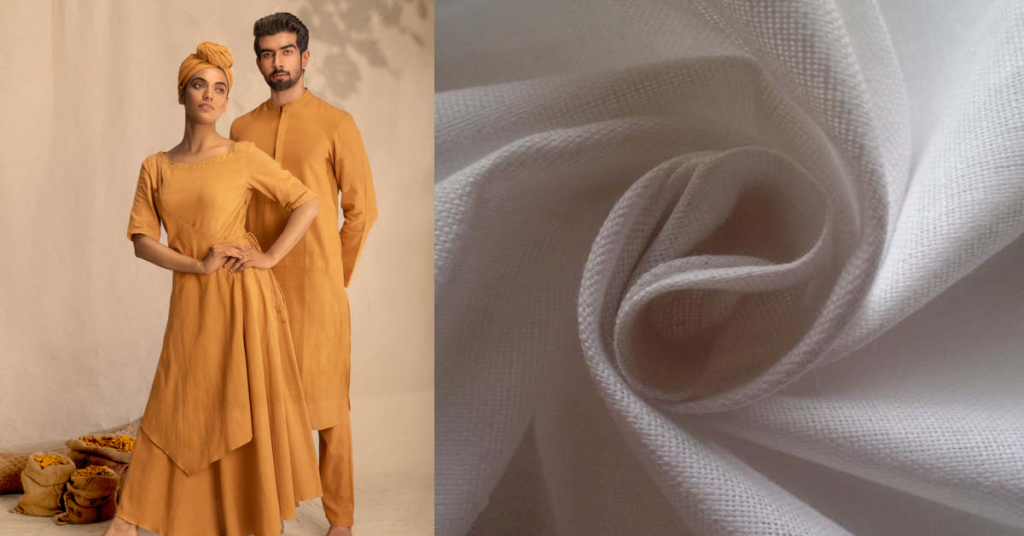
Khadi is a popular fabric in India, Bangladesh and Pakistan. Coined by Mahatma Gandhi during the Freedom Movement of the Indian Subcontinent against the Britishers, the fabric is hand spun and woven from cotton. It is derived from the word khaddar. Amidst the good news that Khadi and Village Industry Commission (KVIC), India gets Trademark […]
Indian Jewellery – a fashion or science
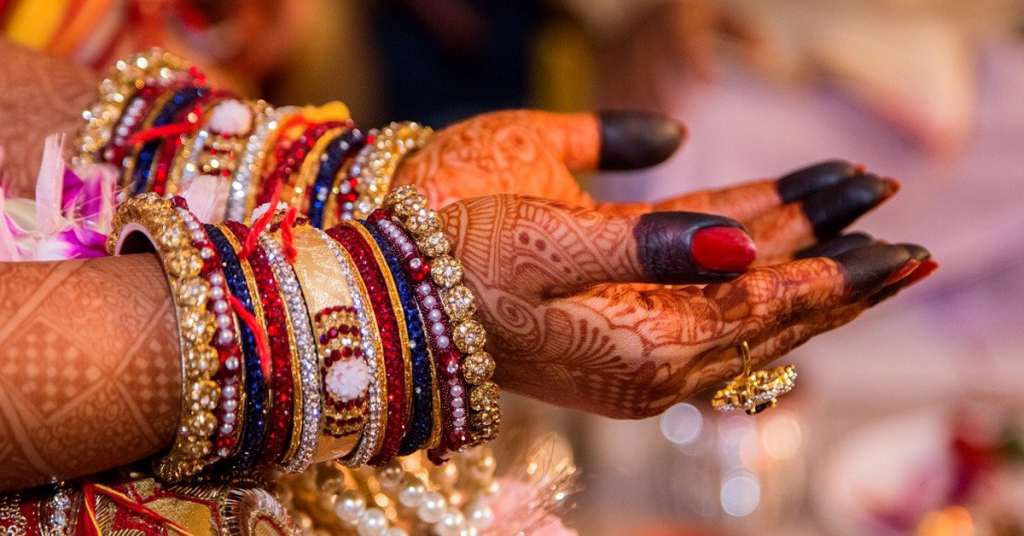
India is the land of Gods and Goddess, and gold. That is how foreigners identify Indians. Indians truly have a trove of secrets to share. Since the olden times, jewels seem to have enticed every queen, princess, and the landladies. There have been murders for jewellery and precious gemstones. Beautiful jewellery pieces have adorned the […]

